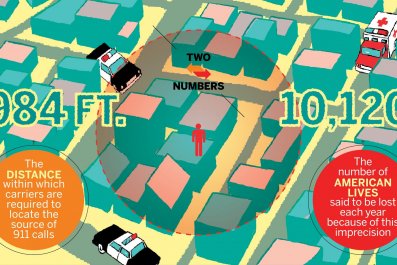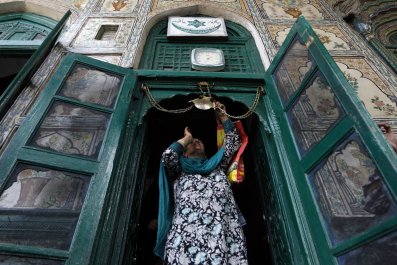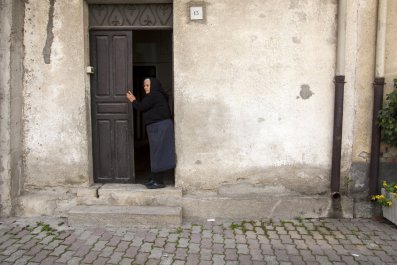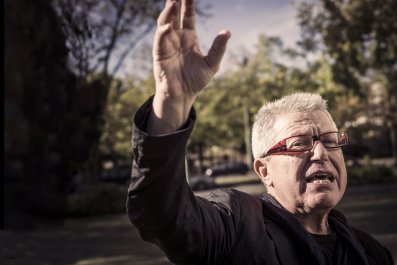On a cloudy day, Andermatt, Switzerland, can seem the end of the Earth. You have to take on trust that the highland valley enclosing the village extends half a dozen kilometres eastward before climbing to 3,500m peaks. It feels as if you're on a short plateau extended out over oblivion.
In fact, Andermatt and its 1,500 souls are the centre of the world. Its history is the history of a crossroads. Six Alpine passes, chiefly the Gotthard, carried centuries of European travellers, traders and soldiers. Now, once again, its spot on the map is central to the story.
Today Andermatt is in the midst of a SF1.8bn (€1.7bn) luxury development that includes hotels, apartment buildings, private chalets, a golf course and a revamped ski area. It's the creation of Samih Sawiris, scion of a wealthy Egyptian family. According to his team, Andermatt – an hour and a half from Zurich, two hours from Milan – offers the proximity to city life (and airports) demanded by a new breed of luxury tourist: the busy multimillionaire still working hard and uninterested in checking out for weeks at a more traditional Swiss resort.
"These guys spend their money on making life easy," says Robert Fellermeier, managing director of the development. Catering to that desire, it offers buyers a package: access to the luxury amenities at the local five-star hotel; access to the golf course and ski slopes; one number to call for all arrangements.
In the village's Victorian heyday, visitors included Arthur Conan Doyle, Charles Dickens and Queen Victoria. Decades earlier, Goethe made numerous visits, writing in 1779: "Of all the places I know, it is the loveliest and most interesting." "Of course," admits Miriam Schuler at the Andermatt tourist centre, "when he said that, he hadn't made it to Italy yet."
The opening of a railway tunnel in 1882 robbed the village of its tourists and its place as Europe's waystation. But its position guarding the mountain passes against foreign invaders attracted the Swiss army, which in 1895 became the core of Andermatt's economy. So when the army decided in the 1990s to pull out it left a village unprepared for civilian life.
As the military withdrew, the local canton invited Sawiris to consult on what could take its place. He wound up buying a huge swathe of ex-military land at cut-rate prices.
The development is changing Andermatt fundamentally. The curving main road through the village has sprouted boutiques. Restaurateurs who once slapped down cursory schnitzels in front of soldiers are now curating their menus.
Parts of the village still have a sleepy, gingerbread look: slanted rooftops and timber-frames. Sawiris has plans for 42 new buildings, and 60 per cent of buyers have been Swiss. This may boost the appeal of Andermatt among Sawiris's new type of tourist – the other thing they are after, he says, is authenticity.
Local estate agent Alexander Wels agrees. "A lot of my clients hate St Moritz," he says.
"I know my generation and we want understatement. In five years, prices here will rise, and in 10 or 20, this will be the number one Swiss resort."











































